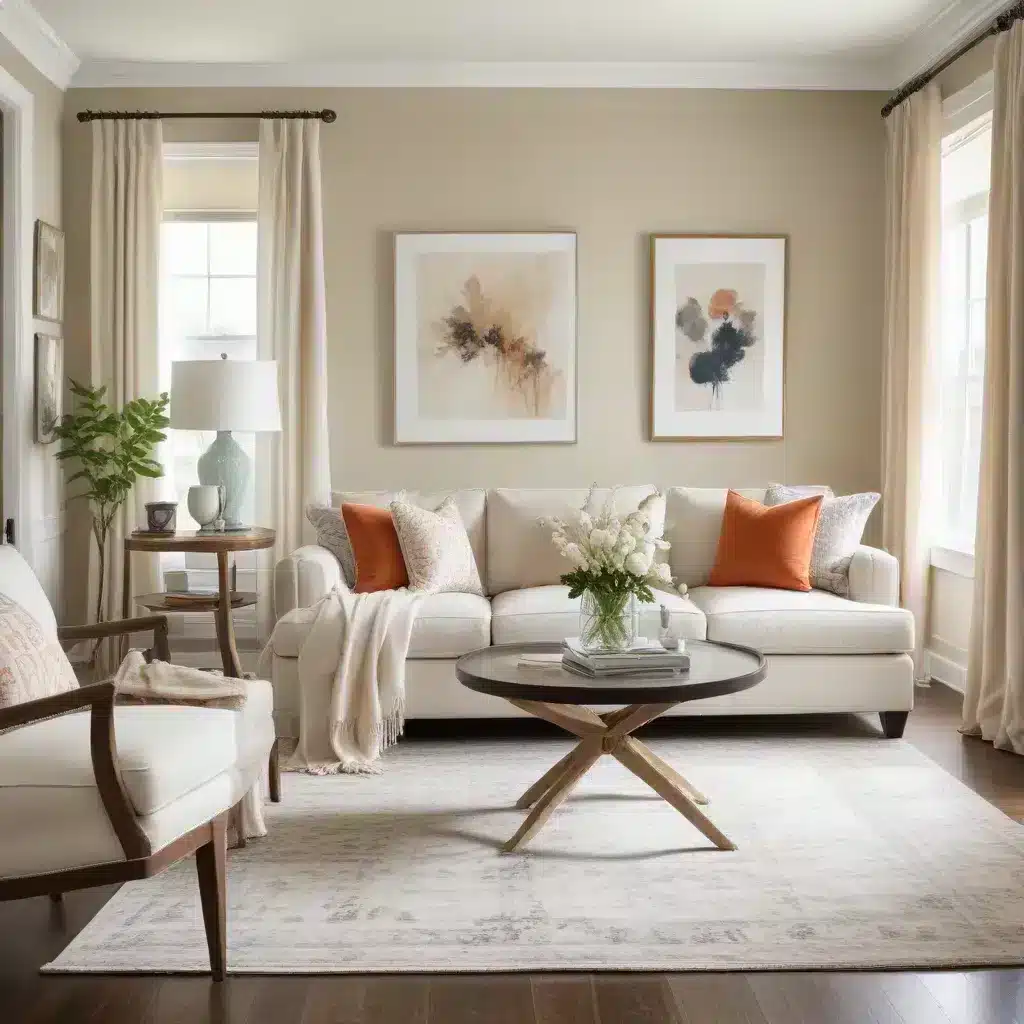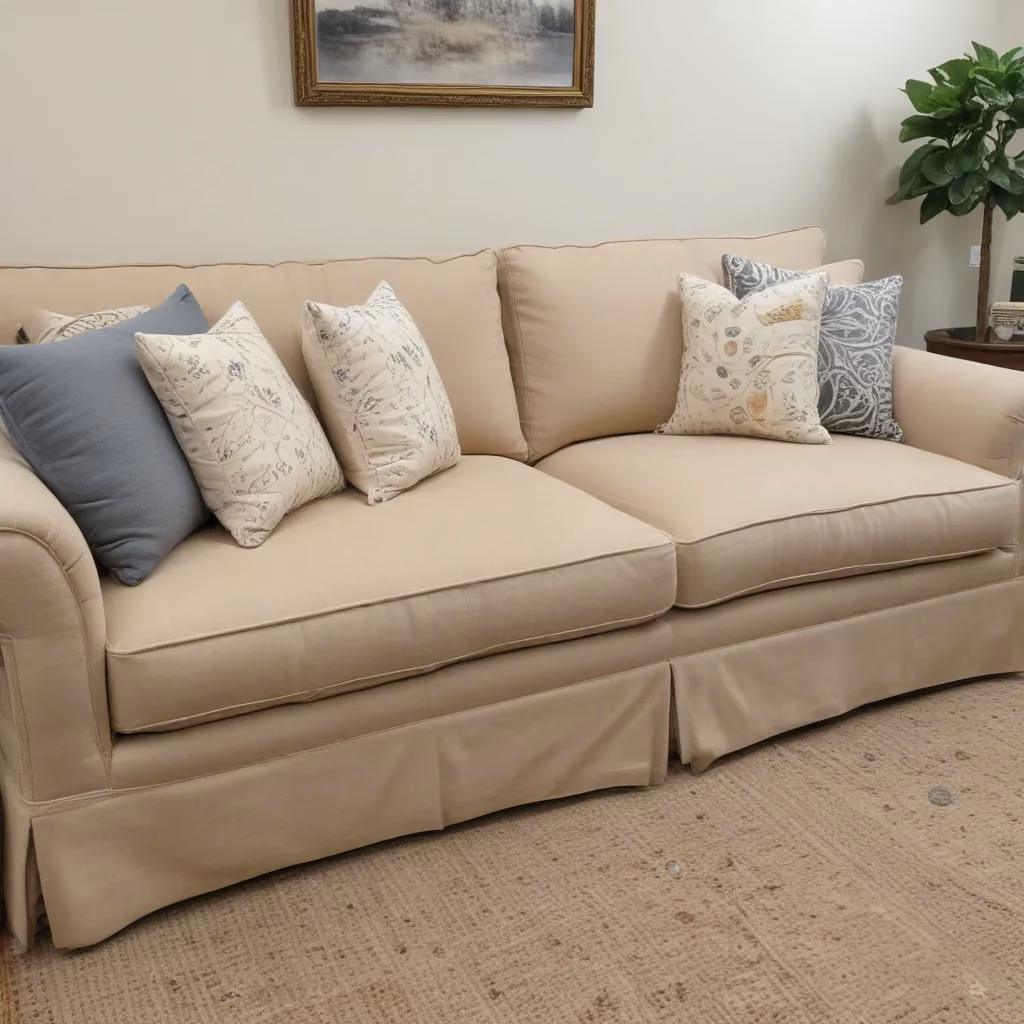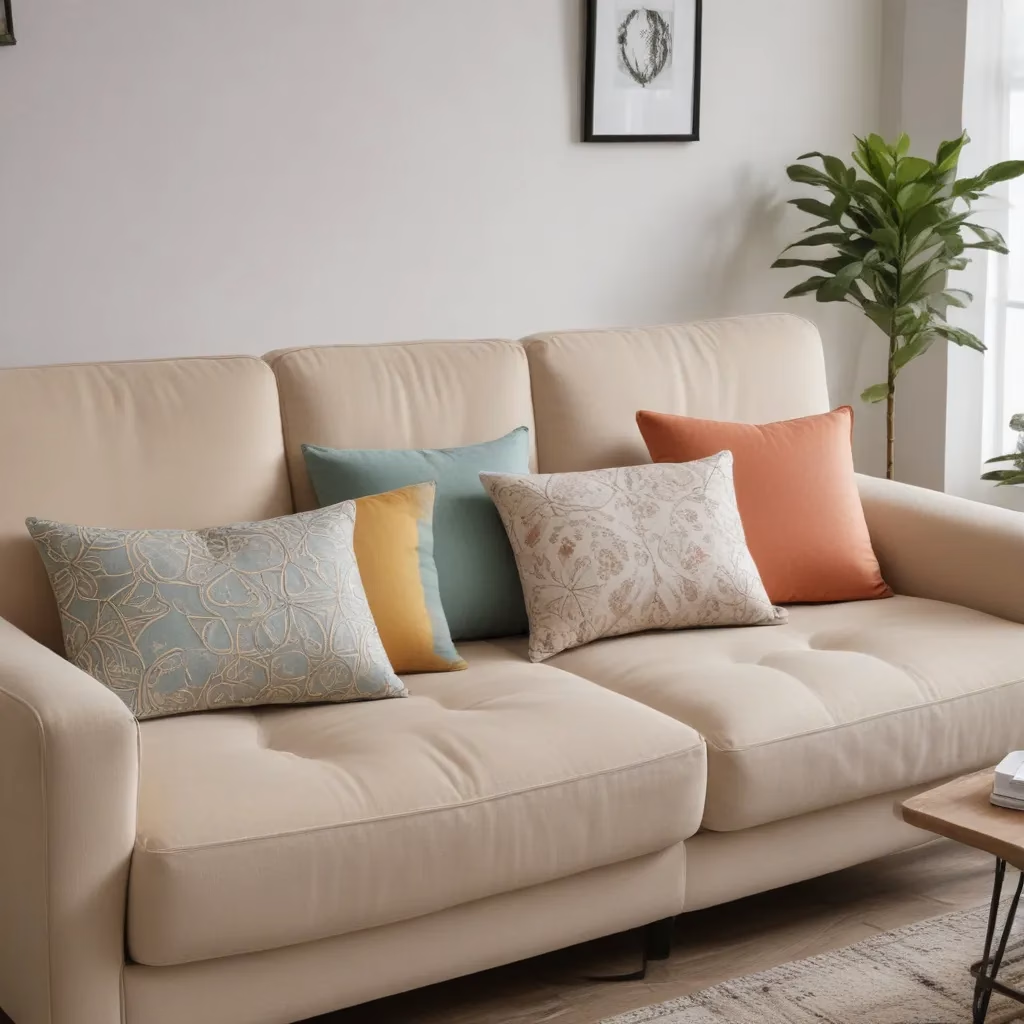
The Power of Neutrals in Interior Design
Neutral colours form the backbone of many interior design schemes in the UK. They provide a calm, versatile backdrop that allows for flexibility in decorating and can make spaces feel larger and more open. However, an entirely neutral room can sometimes feel a bit lacklustre or even sterile.
The key to creating a balanced and inviting space lies in knowing how to effectively use neutrals while incorporating pops of colour to add interest and energy. This approach allows you to maintain a timeless base while still injecting personality and vibrancy into your living areas.
Neutral tones like white, beige, grey, and taupe offer several advantages in interior design. They create a sense of spaciousness and light, which is particularly beneficial in smaller UK homes where maximising the feeling of space is crucial. These colours also provide a versatile foundation that can easily adapt to changing tastes or seasonal decor updates without requiring a complete overhaul.
Understanding Colour Theory for Interiors
Before diving into specific accent colour choices, it’s helpful to have a basic understanding of colour theory and how it applies to interior design. Colour theory provides a framework for understanding how different hues interact and can be used to create harmony or contrast in a space.
The colour wheel is a fundamental tool in colour theory. It consists of primary colours (red, blue, and yellow), secondary colours (green, orange, and purple), and tertiary colours (mixtures of primary and secondary colours). Understanding the relationships between these colours can help you make informed decisions when selecting accent colours for your neutral space.
Some key concepts in colour theory include:
-
Complementary colours: These are colours opposite each other on the colour wheel, such as blue and orange or purple and yellow. They create a strong contrast and can add vibrancy to a room.
-
Analogous colours: These are colours that sit next to each other on the colour wheel, like blue, blue-green, and green. They create a harmonious and cohesive look.
-
Monochromatic scheme: This involves using different shades and tints of a single colour, which can create a sophisticated and unified appearance.
Choosing Accent Colours for Your Neutral Space
When selecting accent colours to energize your neutral space, consider the following factors:
-
The mood you want to create: Different colours evoke different emotions. For example, warm colours like red and orange can create a cosy and energetic atmosphere, while cool colours like blue and green can promote relaxation.
-
The existing elements in your room: Look at the undertones in your neutral palette and any permanent features like flooring or architectural details. Your accent colours should complement these elements.
-
The amount of natural light: Rooms with plenty of natural light can handle bolder accent colours, while darker rooms might benefit from brighter or lighter accents to help reflect light.
Here’s a table showcasing some popular neutral base colours and complementary accent colour suggestions:
| Neutral Base | Accent Colour Options |
|---|---|
| White | Navy blue, emerald green, coral |
| Beige | Mustard yellow, teal, burgundy |
| Grey | Blush pink, sage green, deep blue |
| Taupe | Burnt orange, plum, forest green |
Incorporating Accent Colours Through Furniture
One of the most impactful ways to introduce accent colours into a neutral space is through furniture pieces, particularly sofas. A colourful sofa can serve as a focal point and set the tone for the entire room.
When choosing a sofa in an accent colour, consider the following:
-
Scale: A large sofa in a bold colour can make a strong statement, while a smaller accent chair might be a more subtle way to introduce colour.
-
Material: The fabric of your sofa can affect how the colour appears. Velvet, for instance, can make colours look richer and more luxurious.
-
Longevity: While trends come and go, investing in a quality sofa is a long-term commitment. Choose a colour you’ll be happy with for years to come.
For those who prefer to keep larger furniture pieces neutral, accent colours can still be incorporated through smaller items like armchairs, ottomans, or occasional tables. These pieces are easier to change out if you want to update your colour scheme in the future.
Using Textiles to Add Colour and Texture
Textiles offer a versatile and relatively inexpensive way to introduce accent colours into a neutral space. They also add texture, which is crucial for creating interest in a room dominated by neutral tones.
Consider the following textile options for adding colour:
-
Throw pillows: These are perhaps the easiest way to experiment with accent colours. Mix and match different colours, patterns, and textures for a layered look.
-
Curtains or drapes: Colourful window treatments can dramatically change the feel of a room and draw the eye upward, making ceilings appear higher.
-
Area rugs: A rug in an accent colour can anchor a seating area and add warmth to wooden or tiled floors.
-
Throws: Drape a colourful throw over your neutral sofa or armchair for an instant pop of colour that’s easy to change with the seasons.
When selecting textiles, pay attention to the weight and texture of the fabrics. Heavier fabrics like velvet or wool can add a sense of cosiness, while lighter fabrics like linen or cotton can keep a space feeling airy and fresh.
The Impact of Artwork and Accessories
Artwork and decorative accessories provide another excellent opportunity to introduce accent colours into a neutral space. These elements allow you to express your personal style and can be easily changed to refresh your decor.
Consider these options for colourful artwork and accessories:
-
Large-scale artwork: A single piece of colourful art can become a focal point in a room and inspire the rest of your colour choices.
-
Gallery walls: Create a collection of smaller artworks in complementary colours for a dynamic and personalised display.
-
Decorative objects: Vases, sculptures, and other decorative items in accent colours can be placed strategically around the room to draw the eye and create visual interest.
-
Books: Arrange books with colourful spines on shelves or coffee tables for a subtle pop of colour.
-
Plants: While not technically an accent colour, green plants can add life and vibrancy to a neutral space. Choose planters in accent colours for an extra colour boost.
When arranging artwork and accessories, consider the principles of balance and proportion. Distribute accent colours evenly throughout the space to create a cohesive look.
Lighting as a Colour Element
Lighting plays a crucial role in how we perceive colour in a space. The right lighting can enhance your accent colours and create a warm, inviting atmosphere.
Consider these lighting options to complement your accent colours:
-
Coloured lampshades: Table or floor lamps with coloured shades can cast a warm glow and introduce accent colours in a subtle way.
-
Pendant lights: A colourful pendant light can serve as both a functional light source and a decorative element.
-
LED strip lighting: Use coloured LED strips behind shelving or under furniture for a modern, atmospheric effect.
-
Natural light: Ensure your window treatments allow plenty of natural light to enter the space, as this will help showcase your accent colours in their truest form.
Remember that the type of bulb you use can also affect how colours appear in your space. Warm white bulbs tend to enhance warm colours like reds and oranges, while cool white bulbs can make blues and greens appear more vibrant.
Balancing Accent Colours in Open-Plan Spaces
Many modern UK homes feature open-plan living areas, which can present a challenge when incorporating accent colours. The key is to create a cohesive look while still defining separate functional zones within the space.
Here are some tips for using accent colours effectively in open-plan areas:
-
Choose a colour palette: Select 2-3 accent colours that work well together and use them consistently throughout the space.
-
Use colour to define zones: Use different accent colours to subtly delineate areas for dining, lounging, and working within the open space.
-
Create flow: Repeat accent colours in different areas of the open plan to create a sense of continuity and flow.
-
Balance intensity: If you use a bold accent colour in one area, balance it with softer tones in adjacent spaces.
-
Consider sightlines: Think about how colours in one area will look when viewed from another part of the open-plan space.
By thoughtfully incorporating accent colours, you can create distinct areas within an open-plan layout while maintaining a harmonious overall design.
Seasonal Colour Updates
One of the advantages of a neutral base is the ability to easily update your accent colours with the changing seasons or your evolving tastes. This allows you to keep your space feeling fresh and current without major renovations.
Consider these seasonal colour transitions:
-
Spring: Introduce fresh, light colours like pale green, lilac, or sunny yellow.
-
Summer: Embrace bold, vibrant hues like coral, turquoise, or bright blue.
-
Autumn: Shift to warm, earthy tones like rust, amber, or deep red.
-
Winter: Incorporate rich, cosy colours like deep purple, forest green, or burgundy.
These seasonal updates can be achieved through simple changes to textiles, artwork, and accessories, allowing you to refresh your space without significant expense or effort.
The Role of Texture in Enhancing Accent Colours
While colour is important, texture plays an equally crucial role in creating a visually interesting and inviting space. Texture can enhance the impact of your accent colours and add depth to your neutral base.
Consider incorporating texture through:
-
Fabrics: Mix smooth, rough, and nubby textures in your upholstery and textiles.
-
Wall treatments: Textured wallpaper, wooden panelling, or decorative mouldings can add visual interest to neutral walls.
-
Natural materials: Incorporate elements like woven baskets, wooden furniture, or stone accessories to add organic texture.
-
Metallic accents: Use metallic finishes in your accent pieces to add shine and reflect light.
By combining different textures with your accent colours, you can create a rich, layered look that brings depth and interest to your neutral space.
Avoiding Common Mistakes with Accent Colours
While accent colours can dramatically improve a neutral space, there are some common pitfalls to avoid:
-
Using too many colours: Stick to a limited palette of 2-3 accent colours to maintain a cohesive look.
-
Neglecting undertones: Ensure your accent colours complement the undertones in your neutral base.
-
Forgetting about balance: Distribute accent colours evenly throughout the space rather than concentrating them in one area.
-
Ignoring the room’s function: Choose colours that are appropriate for the room’s purpose. For example, energetic colours might not be ideal for a bedroom.
-
Overlooking lighting: Remember that colours can appear different under various lighting conditions. Test your accent colours in the room’s actual lighting before committing.
By avoiding these mistakes, you can create a harmonious and inviting space that successfully balances neutral tones with energizing accent colours.
Conclusion: Creating Your Perfect Colour Balance
Incorporating accent colours into a neutral space is an art that balances personal taste with design principles. By understanding colour theory, considering the mood you want to create, and thoughtfully selecting and placing accent colours, you can transform a bland neutral room into a vibrant, inviting space that reflects your personality.
Remember that there’s no one-size-fits-all approach to using accent colours. What works in one home may not work in another. The key is to experiment, trust your instincts, and create a space that feels right for you.
As you embark on your colour journey, consider visiting https://sofaspectacular.co.uk/ for inspiration and a wide range of sofa options that can serve as the perfect canvas or accent piece for your newly energized neutral space. With the right balance of neutrals and accents, you can create a home that’s both timeless and full of life.



